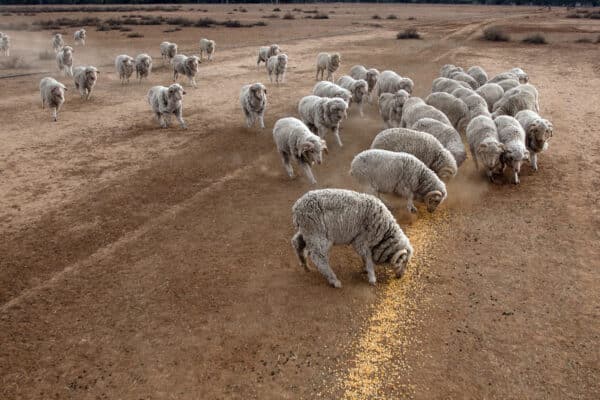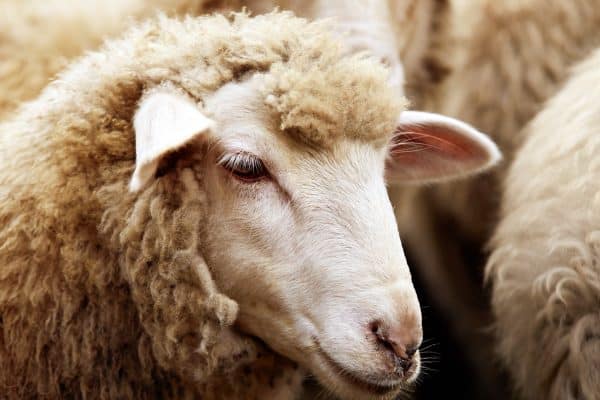Weathering of parent material, build up of organic matter and deposition of alluvial matter all contribute to the base characteristics of soils. Depending upon their ratios, soils exhibit chemical, physical and biological characteristics known as soil “type”.
Each soil type has a varying profile; this profile directly affects the nutrient retention and transfer into plants.
According to the ratios between sand, silt, clay and organic matter; the ability to retain nutrients, transfer these nutrients to the plant and then ultimately into the animal, is all directly related to soil “type”.
Soils act like a bucket to hold nutrients and moisture. The size of this bucket is directly dependent upon the physical and chemical composition of the soil. At extreme ends of the scale light sands have the smallest “bucket” or ability to hold nutrients and moisture is low, while heavy clays at the other end of the spectrum have the biggest “bucket” with a large capacity to hold nutrients and moisture. This bucket effect regarding the soils ability to hold nutrients is measured as the Cation Exchange Capacity (CEC). The CEC dictates how well soils can hold onto nutrients and how much of these nutrients they can store. The higher the CEC the bigger the storage.
The CEC of a soil is one part of the equation, it tells us how many nutrients can be stored, it doesn’t tell us what types of nutrients are being stored. The other key indicator in classifying soil types for livestock supplementation refers to the types of nutrients that are being stored on the soil particles and the ratios between them. Looking at a soil test there will be a measure of “base saturation”. This base saturation tells us the percentages of key cations (positively charged) nutrients being bound to the soil. These nutrients are Calcium, Magnesium, Sodium, Potassium and Aluminum. The interactions that these nutrients have with each other and the other key macro and trace elements significantly impact on the productivity and efficiency of the ruminant.
By using this understanding of the soils ability to hold and transfer nutrients, a better balanced and more prescriptive blend of essential nutrients can be delivered to the grazing animal.
The often experienced under and over consumption of nutritional supplements is a frustrating situation for many producers. This under and over consumption can be directly related to the base soil characteristics that these animals are grazing upon. By better matching supplements to soil types many of these supplementation issues can be more efficiently managed.




